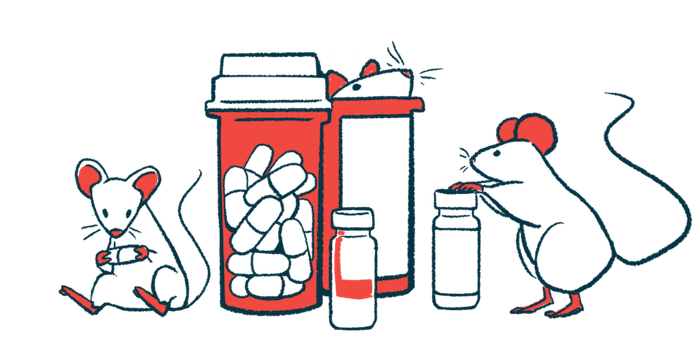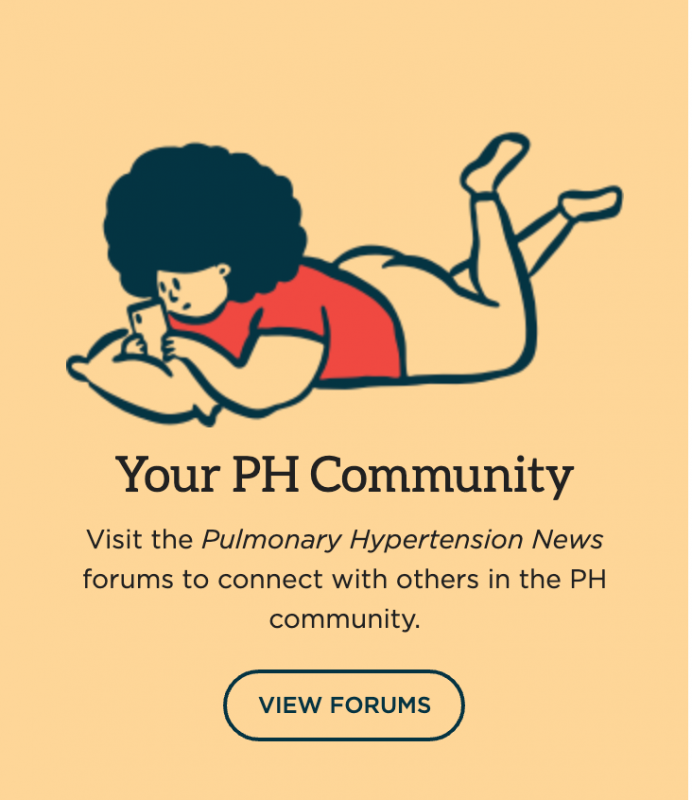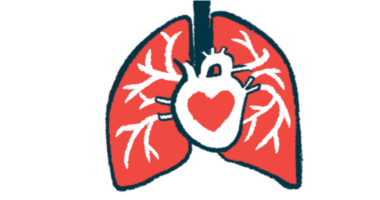New PAH therapy CM5480 delivers encouraging results in rat model
Medication showed stronger effects when combined with approved treatments

CM5480, an experimental therapy being developed by Calcimedica, improved blood flow and heart-function measures in a rat model of pulmonary arterial hypertension (PAH), a new study reports.
The therapy was helpful when used on its own and provided additional benefits when combined with two currently available PAH treatment options, findings show.
The study, “Combination of Orai1 inhibitor CM5480 with specific therapy mitigates pulmonary hypertension and its cardiac dysfunction,” was published in JCI Insight. It was funded by the National Institutes of Health, and its co-authors include two scientists at Calcimedica.
How CM5480 targets a key pathway in PAH
PAH is a disorder marked by elevated pressure in the vessels that carry blood from the heart through the lungs. This increased pressure puts strain on the right ventricle — the part of the heart responsible for pumping blood to the lungs — causing it to become enlarged and less able to function normally.
The movement of calcium ions in and out of muscle cells is key for muscle contractions. Research suggests that problems with calcium regulation contribute to heart problems in PAH. CM5480 is designed to block the activity of Orai1, a protein that acts as a key part of calcium-regulating cellular machinery called calcium release-activated calcium (CRAC) channels.
“Despite recent improvements in the treatment of PAH, it remains a severe disease for which there is no cure, and patients often progress to [right ventricle failure],” Marc Humbert, MD, PhD, co-author of the study at Université Paris-Saclay in France, said in a press release from Calcimedica. “We continue to search for new potential drugs with novel mechanisms that can enhance current treatment strategies. Our translational work has suggested that CRAC channel inhibition could offer such a mechanism, and the results from these … models further support this hypothesis.”
In the study, Humbert and colleagues tested CM5480 in a rat model of PAH induced by giving the rats a chemical called monocrotaline. The researchers found that when rats with established PAH were treated with CM5480, the therapy improved a range of blood flow measurements — including resistance in the lungs’ vessels and how effectively the heart pumps blood — and it reduced stress on the right ventricle.
“These results demonstrate that CM5480 is an effective therapy for male and female rats with experimental PAH,” the researchers concluded.
Given PAH is a complex disease involving several dysregulated signaling pathways, the most effective treatment will likely involve a combination of drugs.
After testing CM5480 on its own, the researchers also evaluated it in combination with two approved PAH treatments: ambrisentan (brand name is Letairis; generic formulations have been approved) and sildenafil (sold as Revatio, generic medications also are available). Each approved therapy improved measures of right ventricle dysfunction on its own, but these benefits significantly increased when combined with CM5480. Some blood flow metrics improved significantly with combination therapy but did not change with the approved therapies alone.
“Given PAH is a complex disease involving several dysregulated signaling pathways, the most effective treatment will likely involve a combination of drugs,” said Fabrice Antigny, PhD, of the French National Institute of Health and Medical Research.
Laboratory (in vitro) experiments showed Orai1 gene silencing reduced the dysfunction of pulmonary endothelial cells (which line lung blood vessels) in PAH. Also, the Orai1 biological pathway was found to be independent of standard PAH pathways in pulmonary artery smooth muscle cells (PASMCs, which control blood vessel constriction and dilation).
In addition, the team found increased Orai1 activity or protein function in PASMCs from people with pulmonary veno-occlusive disease, a rare cause of PAH.
“These preclinical results show that targeting Orai1 delivered several key benefits: it improved pulmonary vascular remodeling by reducing pulmonary arterial smooth muscle cell and pulmonary endothelial cell dysfunctions; it improved [right ventricle dysfunction]; and combination therapy with CM5480 provided significantly greater benefits in reducing pulmonary arterial remodeling and improving cardiac function compared to monotherapies,” Antigny added. “This suggests Orai1 inhibition as a potential new therapeutic approach for PAH.”








